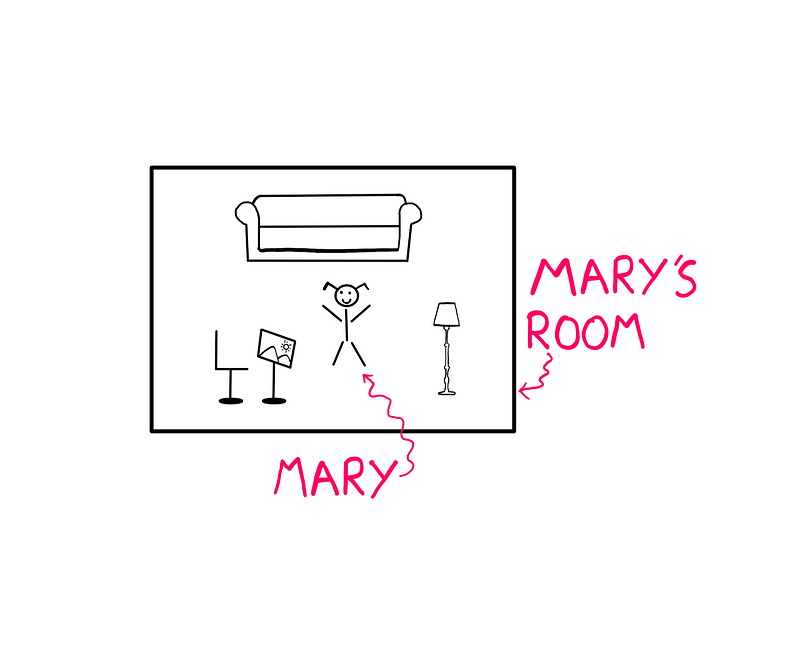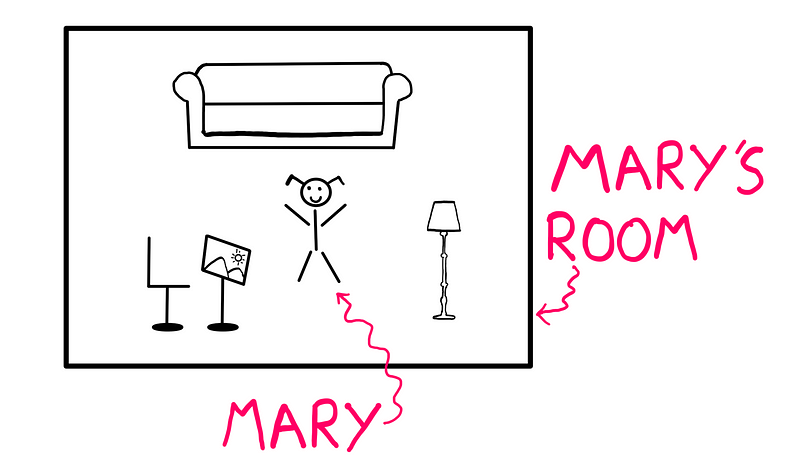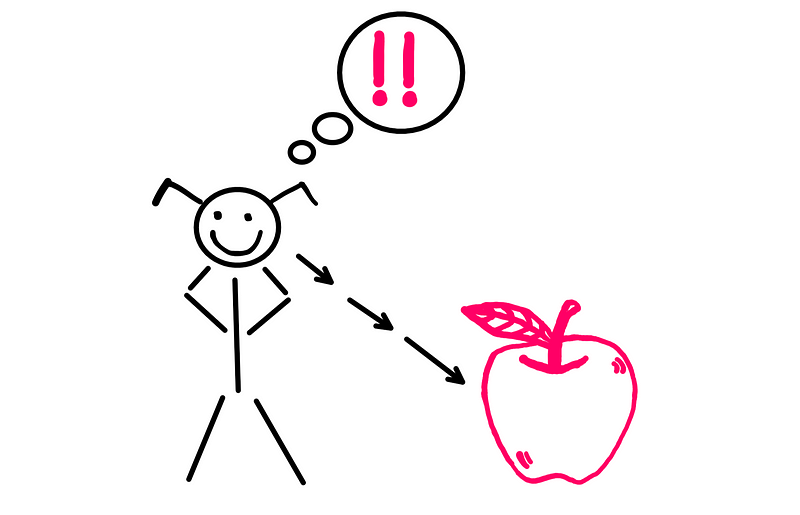Understanding Mary’s Room: A Deep Dive into Knowledge and Experience
Written on
Chapter 1: The Essence of Mary’s Room
Mary’s Room serves as a thought-provoking philosophical experiment aimed at unraveling the core concept of human knowledge. Introduced by Frank Jackson, an Australian philosopher, in 1982 within his work "Epiphenomenal Qualia," this experiment has sparked considerable debate among philosophers from various schools of thought. The discussions surrounding Mary’s Room highlight the diverse interpretations of what constitutes “knowledge.”
This essay will examine Jackson’s primary argument through the lens of Mary’s Room, while offering a modern reinterpretation to clarify its implications. Ultimately, we aim to appreciate the intricate nature of knowledge and its relevance in artificial intelligence and emerging technologies.
Mary’s Room: A Synopsis
The thought experiment features a fictional character named Mary, who has spent her entire life confined to a specially designed room that only permits her to see in black and white. Since her birth, she has remained in this room for 25 years, which certainly sounds grim. However, this room also contains an extensive library, granting her access to all the scientific knowledge humanity has acquired.

Mary’s Unique Abilities
Mary is not an ordinary individual; she possesses extraordinary cognitive abilities, allowing her to absorb, process, and retain immense quantities of information. Despite her isolated existence, she has mastered everything known about human color vision.
Living in her monochrome environment, Mary can only perceive the world in shades of black and white. Nevertheless, she comprehends the mechanics of color vision, including the way human eyes detect wavelengths of light and how these signals are interpreted by the brain to create color images.

The Moment of Revelation
One day, the door to Mary’s room swings open, revealing the vibrant world outside. Intrigued, she steps out and is confronted with an apple resting on a plate. While the plate is white and the floor black, the apple's bright red hue catches her attention. This scenario raises pivotal questions:
- Does Mary gain new knowledge about colors once she experiences them firsthand?
- Or does her existing understanding of color vision mean she doesn’t learn anything new?
Consider your own perspective on this matter as we delve deeper.
Epiphenomenalism vs. Physicalism
Jackson proposed that his thought experiment illustrates the existence of “qualia”—the subjective, non-physical aspects of experience that cannot be conveyed through mere knowledge from texts. He contended that true comprehension requires both physical knowledge and experiential qualia. Thus, while Mary may know everything about the color red theoretically, her first encounter with color represents a new form of knowledge.
Conversely, physicalists argue that all knowledge can be derived from physical entities. They maintain that Mary, having a comprehensive understanding of the physical processes associated with color, would not experience anything novel upon encountering colors in reality. This perspective aligns with how computer scientists approach information processing.
Frank Jackson Refutes His Own Knowledge Argument - YouTube
In this video, Frank Jackson revisits his earlier arguments on the knowledge argument, providing insights into the philosophical implications of Mary’s Room.
Dualism and Its Variants
The discourse surrounding Mary’s Room is enriched by dualist perspectives. Some dualists suggest that while all knowledge is fundamentally physical, qualia are unique forms of knowledge that can only be attained through experience. They argue that Mary’s extensive literary knowledge fails to encompass certain experiential insights that can only be realized through direct sensory experience.
This nuanced debate illustrates the complexity of knowledge and underscores the ongoing contention within philosophical circles.
Mary’s Room and Its Broader Implications
Mary serves as a metaphor for humanity, while her room symbolizes the collective scientific understanding. Her experience reflects the broader inquiry into whether conscious experience can be replicated through physical means and whether mental states can be fully represented by physical processes.
These questions are particularly pertinent in the realm of artificial intelligence. If mental states can indeed be modeled using physical processes, the possibility of recreating consciousness within AI systems arises. Some researchers posit that it may be feasible to construct systems resembling human cognition, albeit without a clear understanding of their inner workings.
The Knowledge Argument - Mary's Room - YouTube
This video delves deeper into the knowledge argument, exploring the philosophical implications of Mary's Room and the nature of knowledge itself.
Author's Perspective
Personally, I align more with the physicalist viewpoint regarding knowledge. My life experiences suggest that human experiences can be replicated through physical processes.
To illustrate, consider the notion of “coordinate transformation.” When Mary finally sees color, she accesses knowledge from a different perspective. This shift in medium offers her new insights, akin to viewing a sunset from an upside-down position—an experience that reveals new aspects of the same information.

Ultimately, Mary’s Room prompts us to reflect on the limits of our understanding. As we advance in fields such as theoretical physics and artificial intelligence, we continuously challenge our boundaries. The potential of what we can achieve as a species is truly captivating.
Your Turn to Reflect
Now that you’ve held your thoughts in reserve, it’s time to share your perspective on this thought experiment. Feel free to express your views in the comments section!
A MAP of almost ALL of my work till date. Enjoy!
If you wish to support future content, consider contributing on Patreon.
Reference: Frank Jackson.
You can read the original essay here.